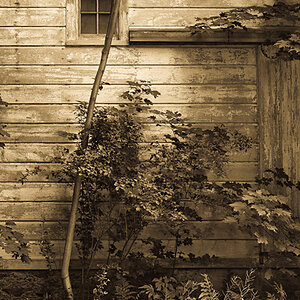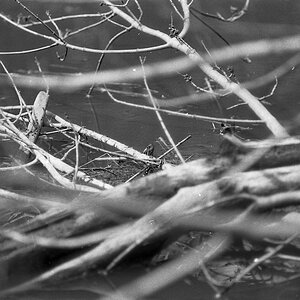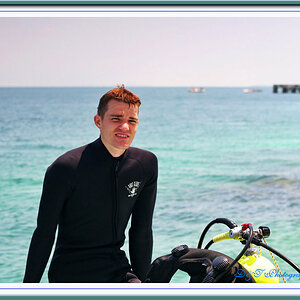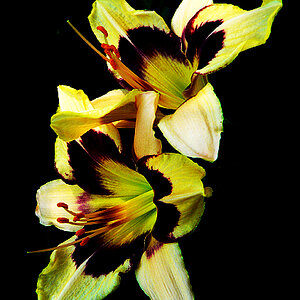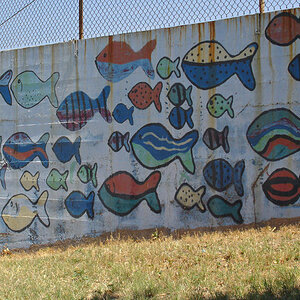Buzzlightgear
TPF Noob!
- Joined
- Aug 20, 2007
- Messages
- 2
- Reaction score
- 0
- Location
- Garden of Eden (AKA Scotland)
- Can others edit my Photos
- Photos NOT OK to edit
I'm sure someone will have been down this path before me so stop me before I go too far.
I've just run a few feet of film through my F2 to satisfy my own curiosity about using film intended for Motion picture cameras in a Still camera body.
I realise that the while the perf. pitch is the same, there are differences in the form of the perf. No problems with transport or noise (cant hear a thing over that MD2 !) and no marks on the picture area / dust on the sproks.
So far so good.......
Does anyone have experience with C41 'v' ECN.II processing ?
Scott
I've just run a few feet of film through my F2 to satisfy my own curiosity about using film intended for Motion picture cameras in a Still camera body.
I realise that the while the perf. pitch is the same, there are differences in the form of the perf. No problems with transport or noise (cant hear a thing over that MD2 !) and no marks on the picture area / dust on the sproks.
So far so good.......
Does anyone have experience with C41 'v' ECN.II processing ?
Scott


![[No title]](/data/xfmg/thumbnail/42/42459-a7a996b715ff4999d07738140fdd0fe3.jpg?1619740191)
![[No title]](/data/xfmg/thumbnail/31/31093-5a5bf042a168153ccffbce7a66501050.jpg?1619734610)

![[No title]](/data/xfmg/thumbnail/31/31090-4f0653c24dc61d2950c0fea87eb4d827.jpg?1619734606)
![[No title]](/data/xfmg/thumbnail/42/42455-61fb2cf2ac4f6de557a508b2195fc822.jpg?1619740191)
![[No title]](/data/xfmg/thumbnail/37/37245-5f15b292311b21913f10cc41f40682ba.jpg?1619737952)
